A sunflower mecca
From birdseed production, a farm evolves into an international agritourism magnet
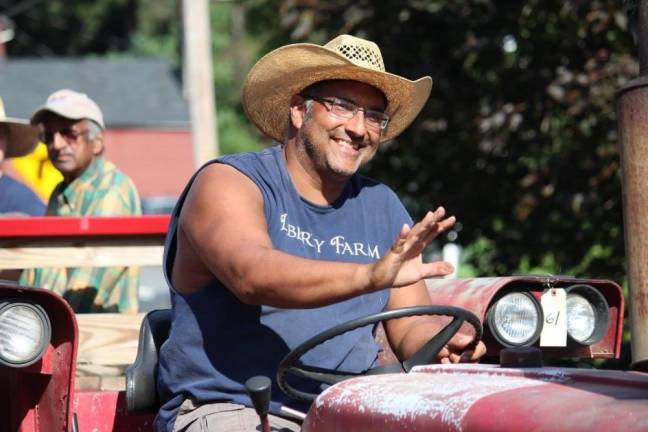
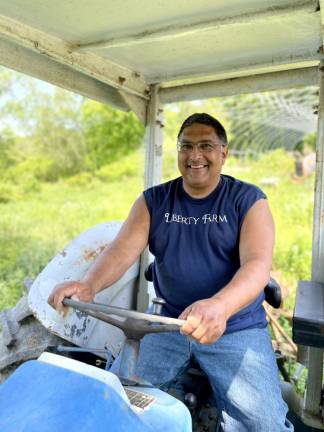

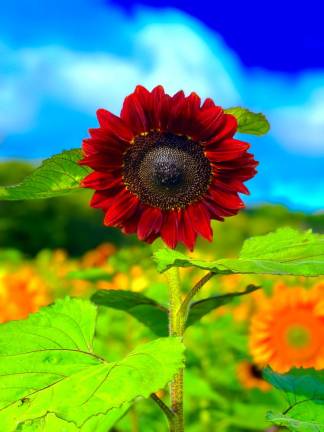
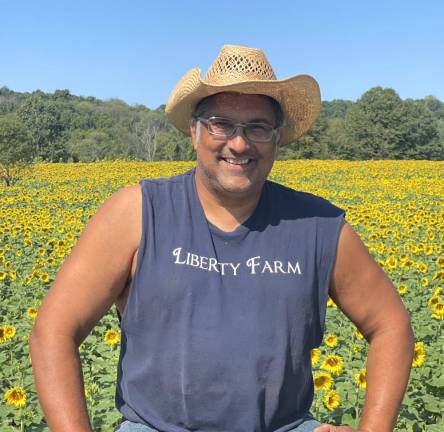
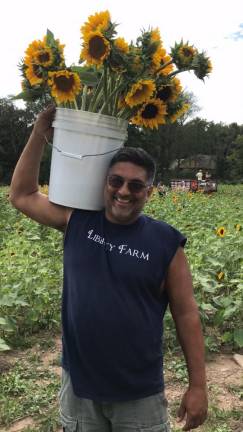
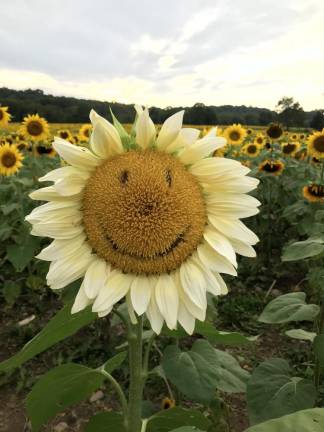
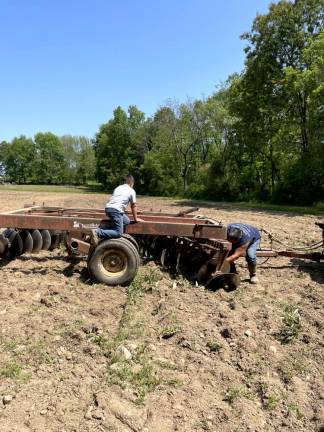
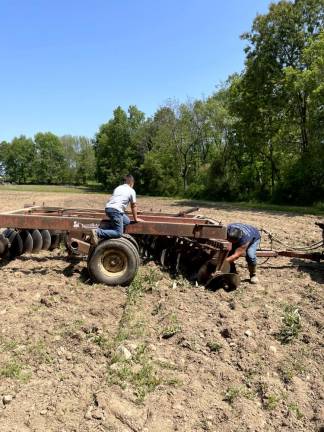
“Chasing mother nature” is my travel MO. Trying to catch her (increasingly) fleeting moments of wonder in all their glory. The cherry blossoms that coat Kyoto, the tulip fields of Holland, and the lavender lanes in Provence. Who knew I could just drive an hour due west to New Jersey and find one of those epic vistas right here: more than a million sunflowers that make up the Sussex County Sunflower Maze. They even have a hotline.
“Through agritourism, we have visitors from all over the world that come here,” says Raj Sinha, owner of Liberty Farm and creator of the Sunflower Maze, the very first of its kind and, according to Sinha, the largest on the East Coast.
This summer marks the thirteenth year Sinha will grow and mow his three-mile maze in Sandyston, NJ. He cuts a five-foot swath through his field, spelling out a message, such as “We Are Jersey Grown” or last year, “Pray for World Peace 2022.” For about six weeks beginning in August, the maze draws tourists hailing from as far as Russia, Ukraine, China, Korea, Taiwan, Mexico and the Philippines.
I caught up with Sinha just before sunflower planting season, fueled with the anticipation of talking to a fellow Indian farmer.
Sinha grew up in New Jersey, on a hobby farm, where he learned to care for animals, fix a tractor, and the value of hard work. The son of an immigrant Indian dad and a Michiganian mom, Sinha was brought up to have deep respect for all people and cultures.
“I love to be able to share, and educate people about our farm and agriculture, but I am also truly grateful to be able to learn from our visitors,” Sinha said. “I get to see all these different cultures and I’ve grown to learn that each culture has a unique perspective and love for sunflowers,” he said. “I didn’t know that going into it.”
Sinha recalls that while he used to think he and his wife, Jolene, “found” Liberty Farm, he has come to realize that in fact, the historic 1790 farm found them.
In 2005, Raj and Jolene were in the market for a house. Driving by what is now their road, they saw people riding horses up and down and thought, what a cool town to live in. They chalked it up to a long-term dream, until circumstances connected them to the piece of earth that would one day be their home. The full-circle moment came when they learned that 6,000 years ago, Native American tribes were growing sunflowers right in that area.
But where did the sunflower inspiration come from? After all, Sinha is a self-professed “corn snob,” who has happily passed his gourmand sensibility on to his son Cyrus. “My favorite food memory is sampling our sweet corn early in the morning with my son to see if it’s up to our standards and ready to pick,” said Sinha. Sinha has been planting the famed monocot since age 4, even setting up a small roadside stand to earn extra pocket money as a kid.
Ever the enterprising spirit, Sinha struck up a conversation with John Park of New Jersey Audubon Society on his first day in the New Jersey Agriculture Leadership Development Program. Park had an idea: New Jersey Audubon had 31 stores selling birdseed grown in the Midwest. Why not try growing that seed here?
Local ag extension specialists were dubious. What about weed control, seed sourcing? Sinha’s response: We’ll try it. So in 2009, he took 10 acres of his 250-acre farm, figured out how to get the seeds from the Midwest and planted sunflowers. Up grew a beautiful field that became the neighborhood sightseeing hot spot. “I thought, there’s gotta be a better way for people to enjoy this,” he said. “I said there’s corn mazes, why not create a sunflower maze?”
The emotion in Sinha’s voice is palpable as he talks about being part of small town life. “We are on the local tourist map, and have heard people use our farm as a landmark for directions. It’s also a privilege to watch families grow up from season to season.”
More than a fixture in the landscape or a place to turn left, the farm has become a landmark in people’s lives, as they commemorate special moments among the sunflowers: first dates, marriage proposals, engagement photos, birthdays, baby announcements, even a music video. “We had a couple, I think they were celebrating their seventy-fourth wedding anniversary last year, so I told them to come back this year,” said Sinha.
Last year also brought a poignant reminder of Sinha’s heritage and its impact on his work — in the form of an 8-year-old Indian boy. His mission in coming to the farm (besides seeing the sunflowers)? Meet the Indian farmer and have his picture taken. He was enchanted by the farm’s beauty, asked about how much work it is, and declared his desire to become a farmer himself one day.
“And I teared up,” said Sinha. “I had never realized that by following my passion, how fulfilling it was to be a role model for future generations.”